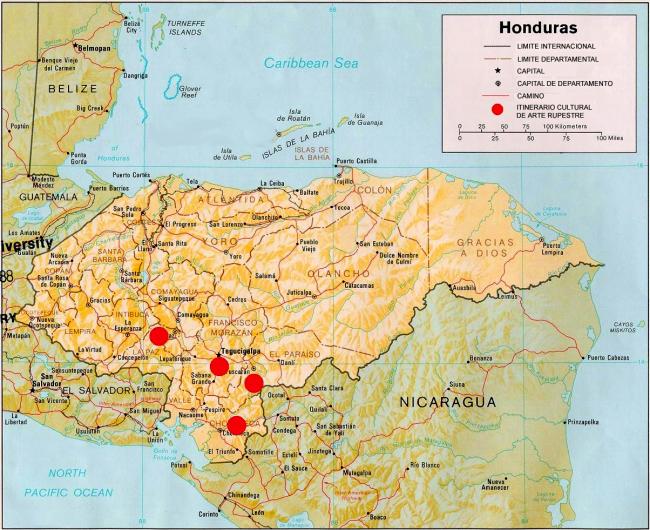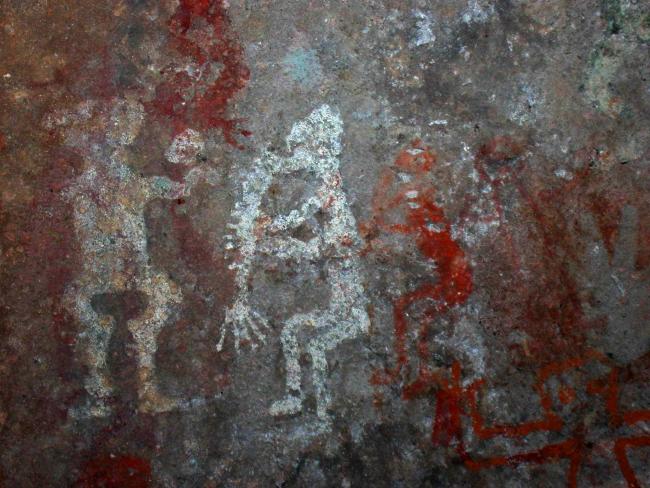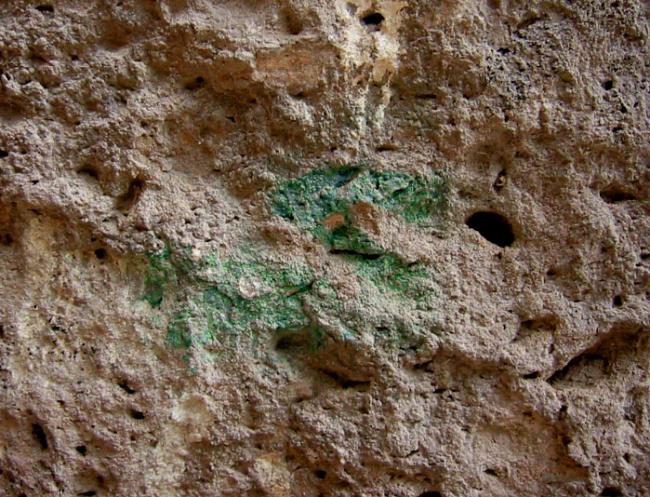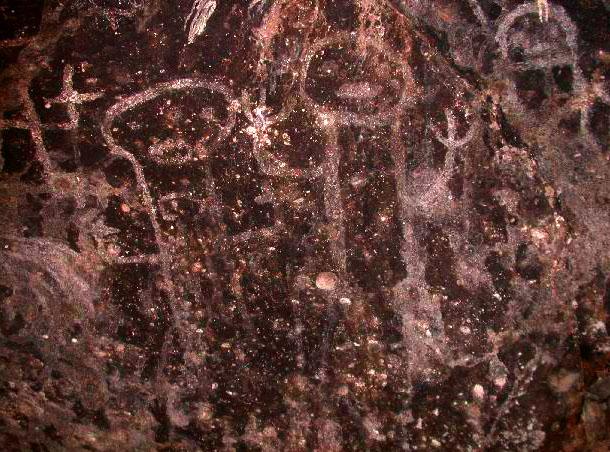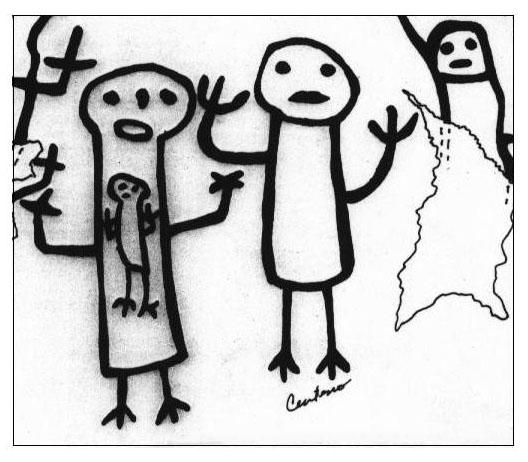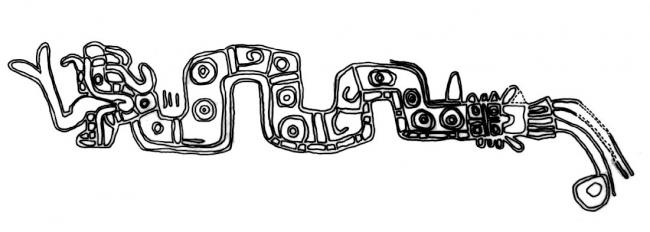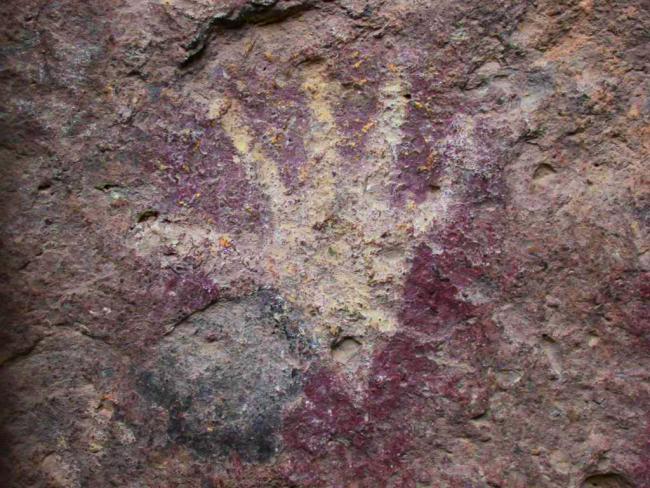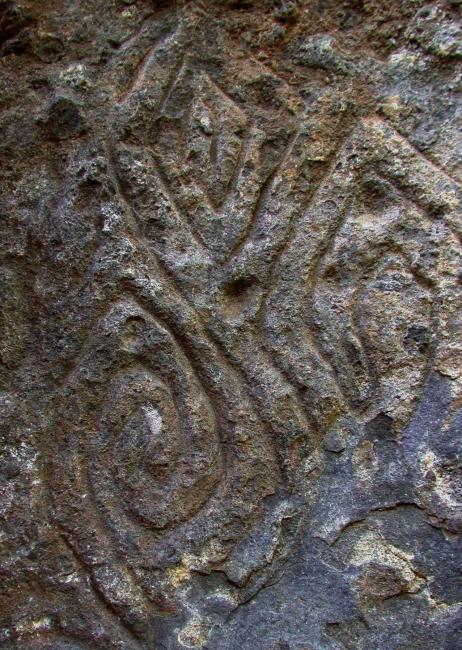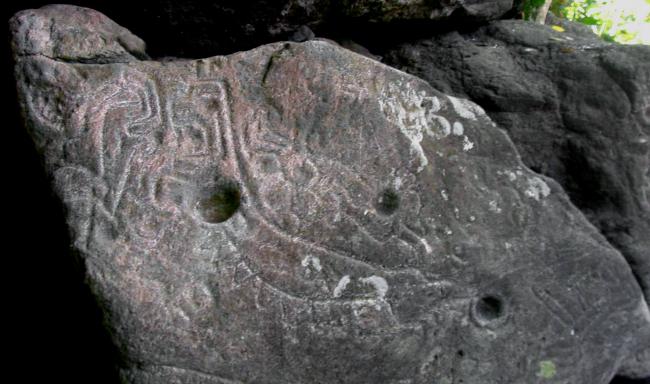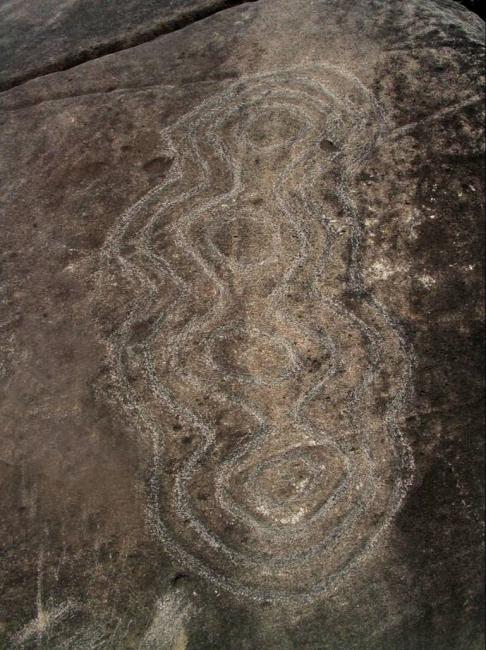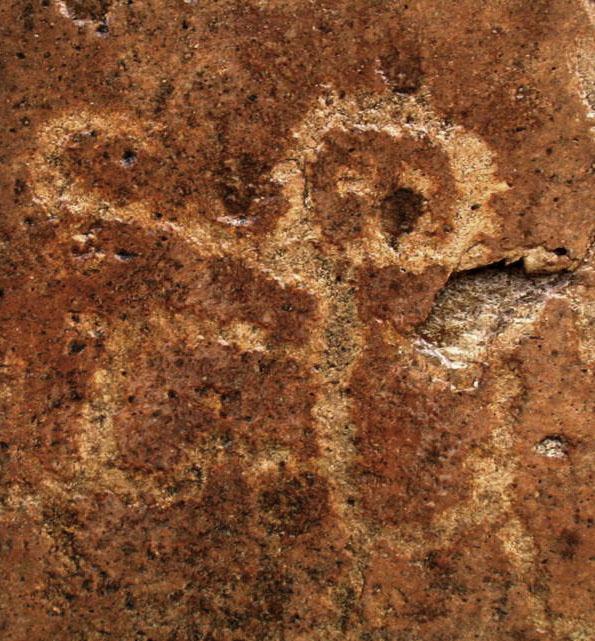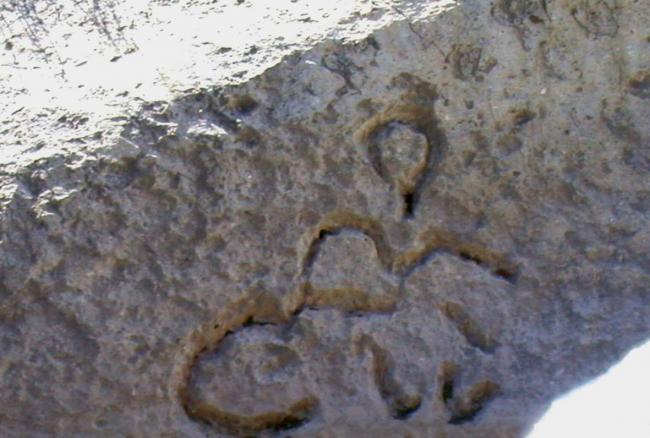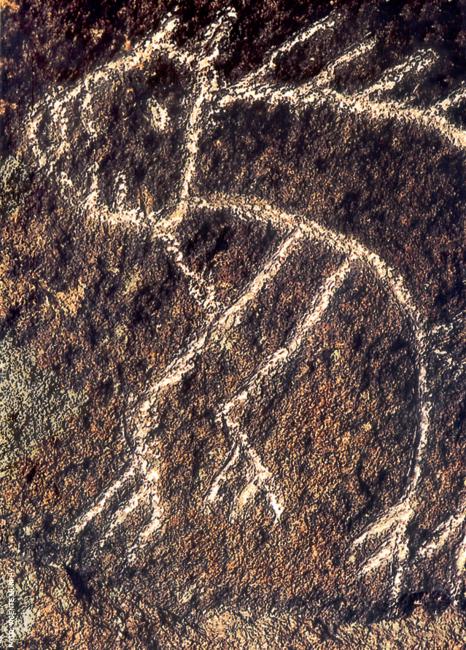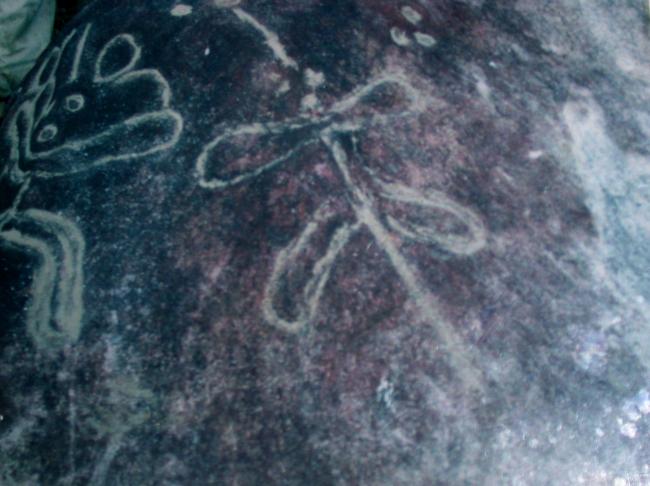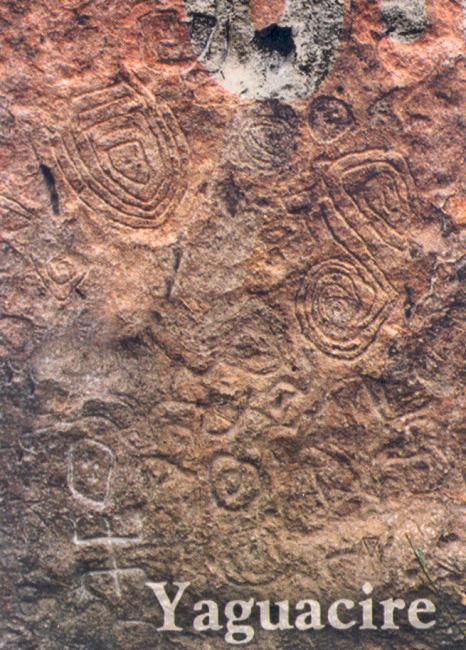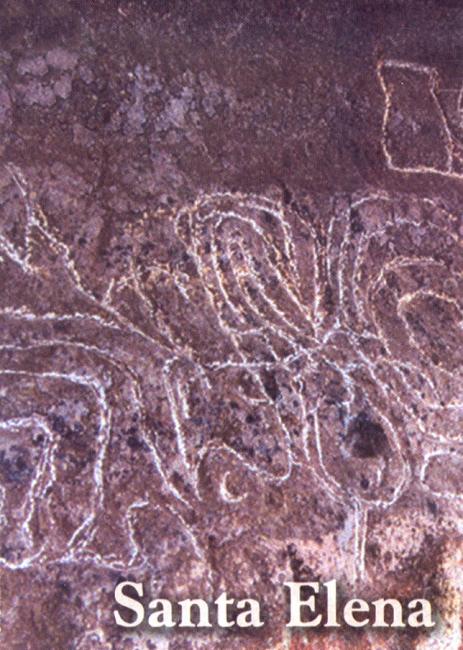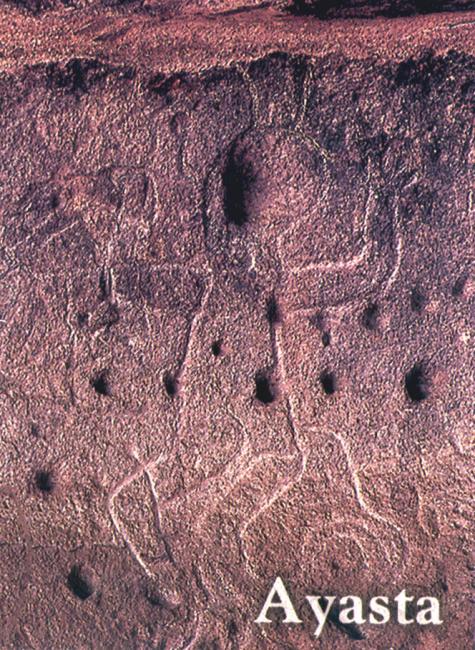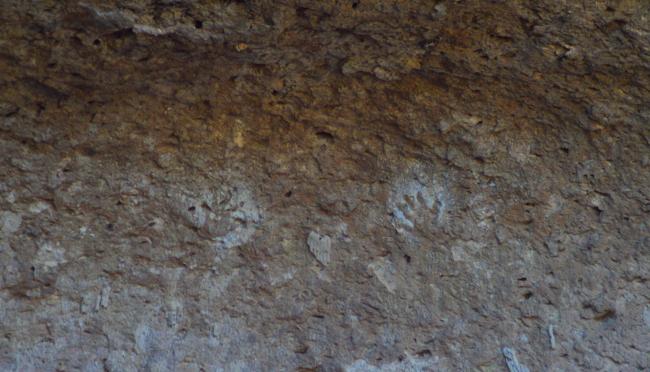The first written references that are known about the manifestations painted or engraved on rocks in Honduran territory are really old, of historical moments after the formation of the republican State, these are made by travelers, scientists and religious men who crossed the territory, and were of narrative and anecdotal character.
A second stage could be that the first to decrypt the meaning of painting and engravings date back to the end of the 19th century. Among them: Squier (1870) and Bancroft (1875), however, the first specific publication on Honduran rock art appeared in 1896 when William Farrington published an article in American Antiquarium. In 1927-28 and 1932 Conzemius describes rock art from the plains of the Atlantic coast. Other reports referring to sites throughout the country appeared in the 1940s and 1950s. They include Doris Stone's publications in the Peabody Museum and Lunardi's articles in national journals.
And a third reference, are the works published in short texts in the 1970s and 1980s, especially those of Roberto Reyes Mazzoni (1977), who mentions a study of rock art in central Honduras. However, his published observations only refer to the Comayagua valley. Between 1950 and 1980, Professor Francisco Flores Andino set up an inventory of caves and rock art sites for the Honduran Institute of Anthropology and History (IHAH). More recently Francisco Rodriguez Mota, Alejandro Figueroa and Ranferi Juarez Silva have tried to establish a classification of these artistic manifestations in Honduras.
